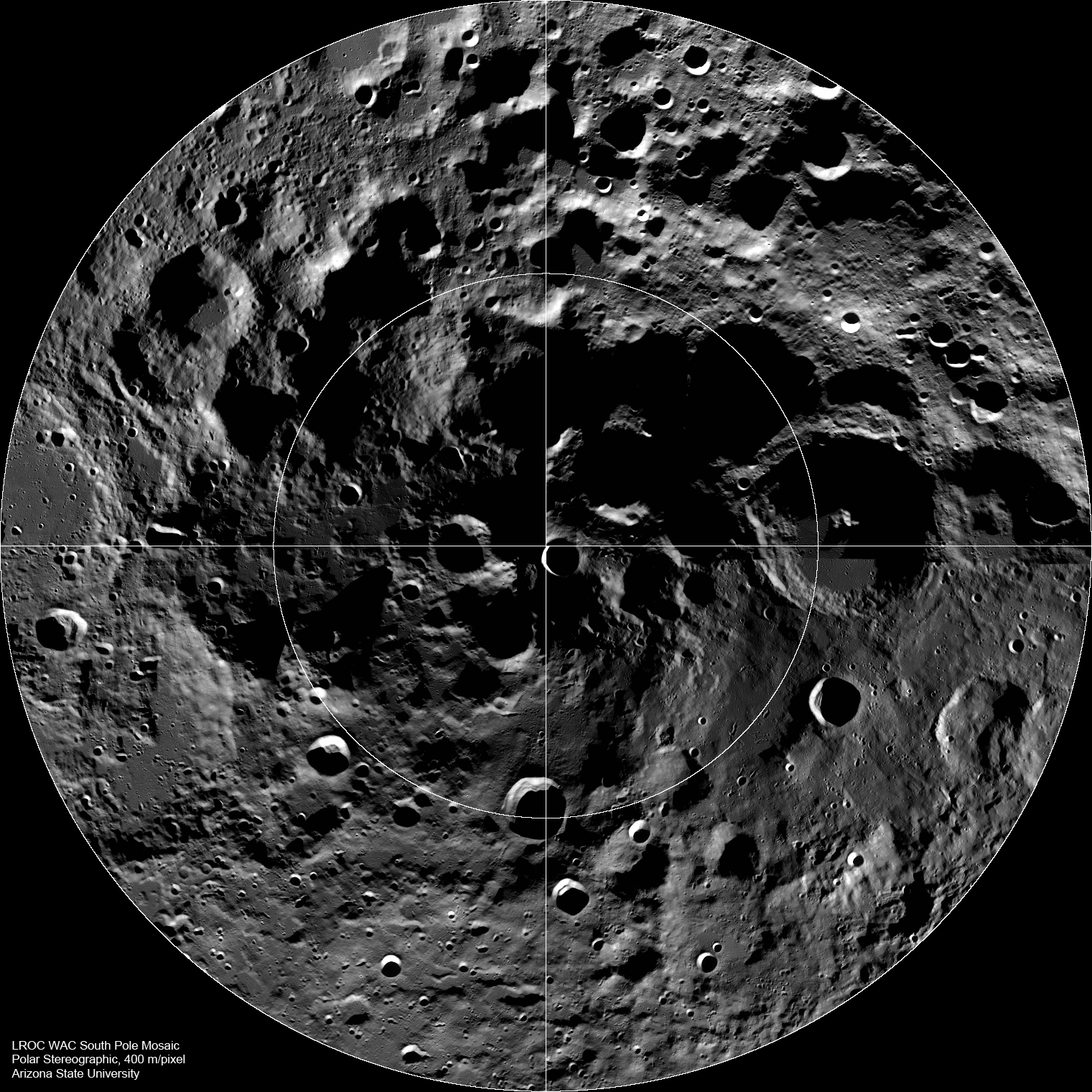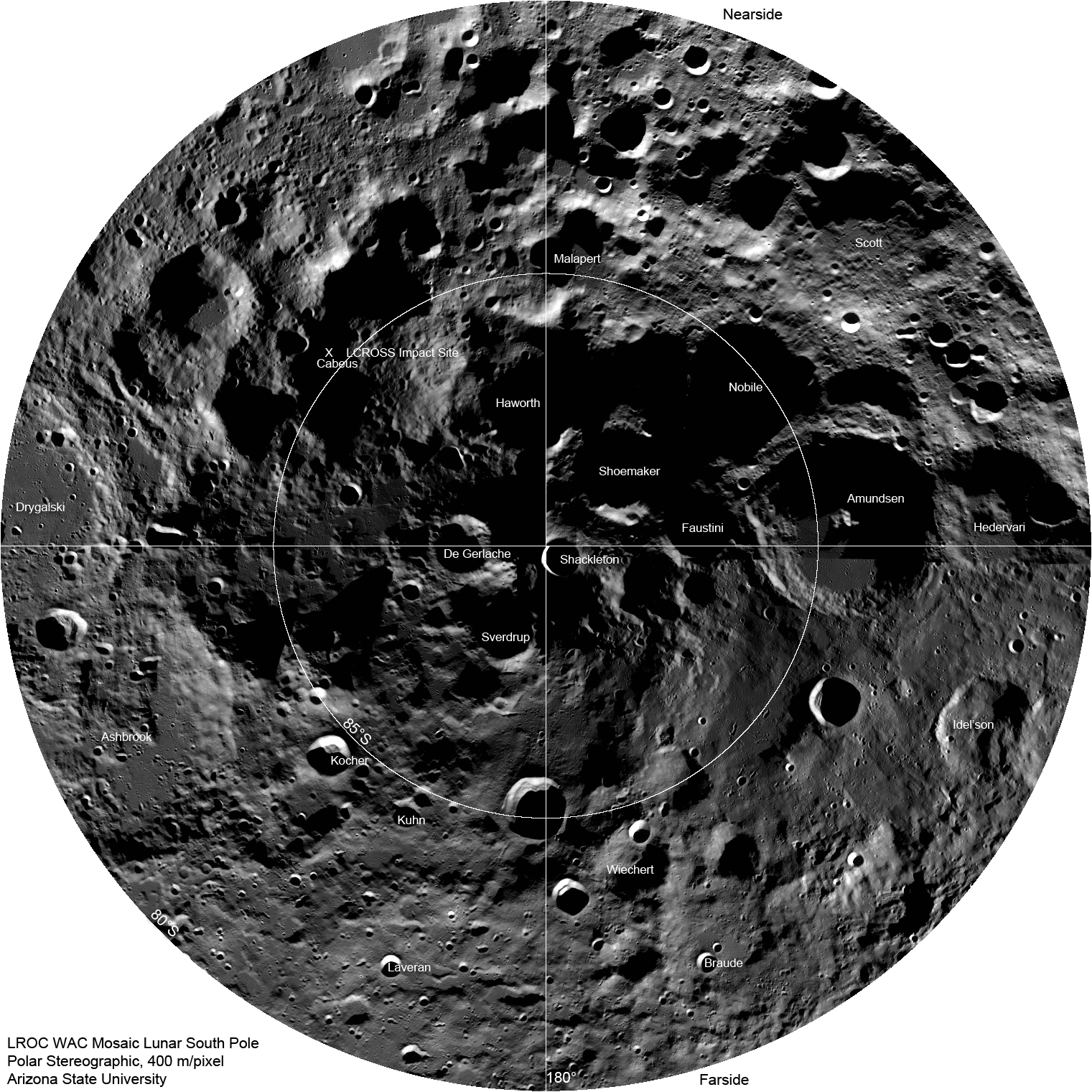
The lunar south pole is one of the most compelling places in the entire Solar System. This region of the Moon is important for both lunar scientists and engineers planning future human exploration. The towering massifs of the South Pole-Aitken Basin can be accessed, and these massifs contain impact melt that will allow scientists to unambiguously determine the age of this huge basin. Furthermore, permanently shadowed craters may harbor reservoirs of ices and other volatile compounds that could serve as a tremendously valuable resource for future explorers. Additionally, these volatile deposits could contain a priceless record of water composition dating back to the beginning of our Solar System, an incomparable dataset for astrobiology investigations. Finally, a few mountain peaks near the pole (just west and east of the rim Shackleton crater) are illuminated for extended periods of time, providing the near-constant solar power that would be required for the economical operation of a permanent lunar outpost.
As LRO passes over the pole every two hours, the LROC WAC snaps an image, and over a month, images covering the entire polar region are captured (80°S to 90°S). This mosaic contains 288 images taken in one month; you can see where the month began and ended at about 90°E longitude (note how the lighting changed). The rim of Shackleton crater seems to be disjointed. However, if you look closely, you can see that the Sun came from opposite sides for portions of the mosaic, resulting in opposite sides of the crater's wall being illuminated in some images. As the mission progresses, the WAC captures the pole across the full range of seasons. More mosaics of the poles will be posted in the future.
Explore the whole WAC South Pole mosaic at full resolution.
Published by Mark Robinson on 27 September 2010
